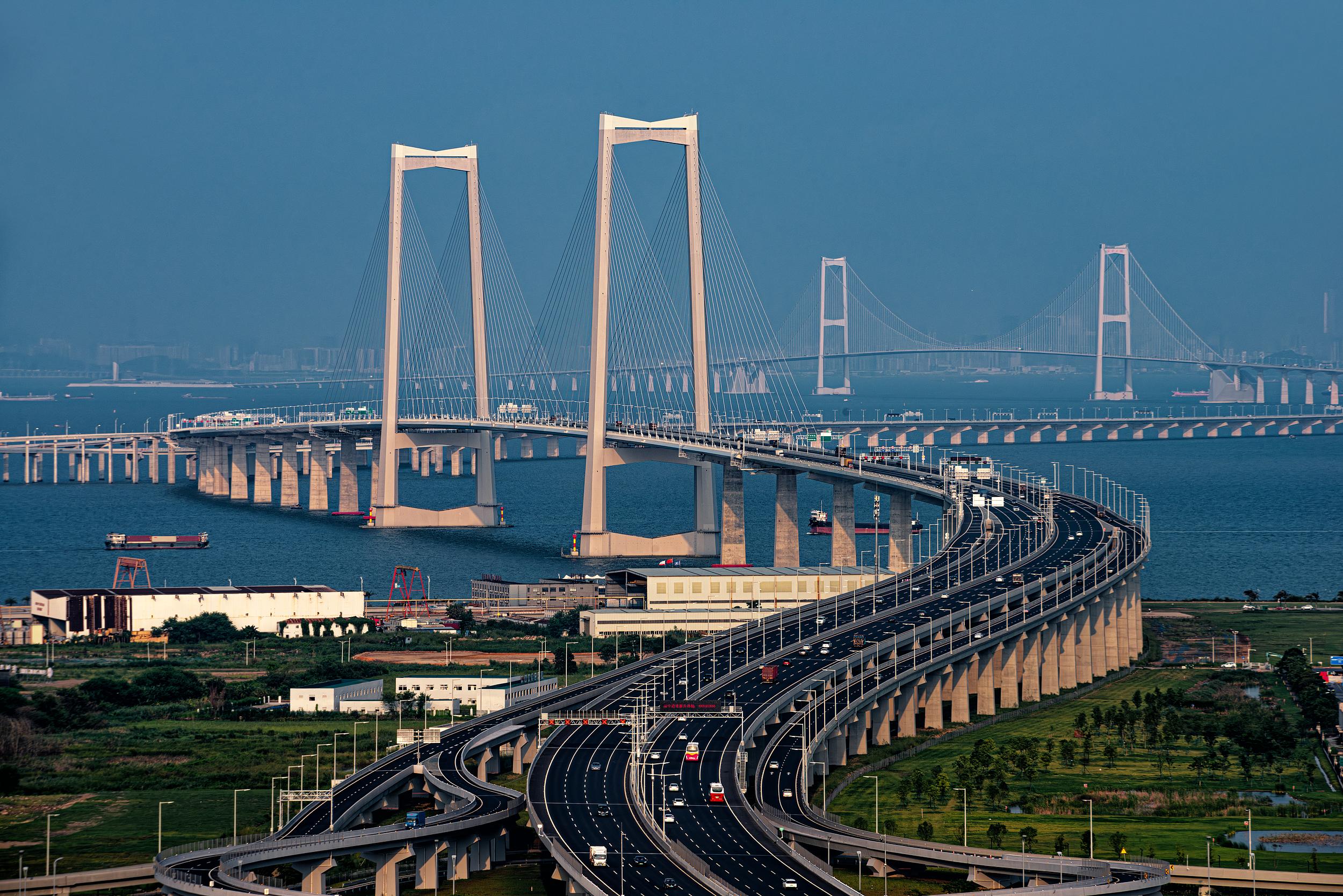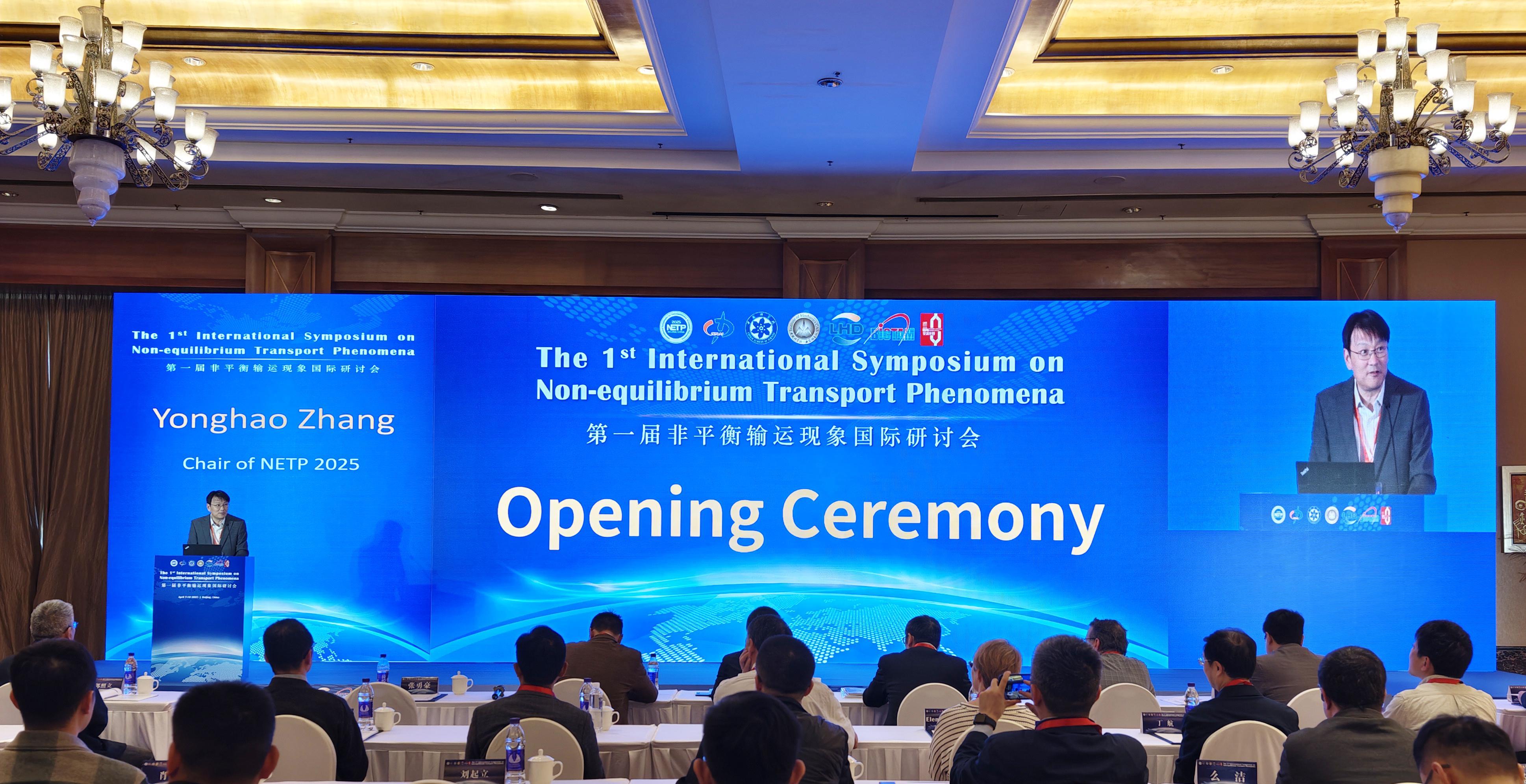ShenZhong Link: Innovation Builds Mega Project

The Shenzhen -Zhongshan Link (ShenZhong Link), a mega cross-sea project in Guangdong province, south China, consists of an underwater tunnel, two bridges, and two artificial islands.
Since opening on June 28, its total traffic flow had exceeded 10 million vehicles by the noon of October 25, becoming a crucial link for the integrated development of the Guangdong-Hong Kong-Macao Greater Bay Area. A number of key innovations and technological breakthroughs were made to construct the link.
Creating artificial islands
For the bridge and tunnel to become operational fast, two artificial islands were built on both sides of the tunnel. The west artificial island, located in Lingdingyang Bay, has an area of approximately 137,000 square meters, equivalent to the size of 19 football fields.
Building the mega island required innovation. Due to the water depth and thick mud in the construction area, traditional technology was insufficient.
Therefore, the construction team drew on the experience of the Hong Kong-Zhuhai-Macao Bridge, which consists of three cable-stayed bridges, an undersea tunnel, and four artificial islands.
They decided to use a vibrating-sinking technology to directly fix 57 giant steel cylinders with a diameter of 28 meters each on the seabed. Then sand would be added to the cylinders to form the island.
However, on exploring the seabed, it was found that the soft soil layer of the Pearl River was tens of meters thick and spread over hard interlayers. This meant it would be extremely difficult to use the vibrating-sinking method accurately, said Liu Haobang, deputy general manager of the ShenZhong Link project from the First Harbour Engineering Company of China Communications Construction Company (CCCC).
In response, the team developed deep slurry mixing technology by using a special ship to go deep into the sand like a blender, adding mud to reduce the strength of the hard soil layer. In this way, in September 2017, the huge artificial island was completed, setting a new record for rapid island formation.
Building the underwater tunnel
The underwater tunnel, nearly 7,000 meters long, consists of over 5,000-meter-long prefabricated immersed tubes. There are 32 tubes and a final joint, making it the world's first long-distance dual eight-lane submarine tunnel using immersed tubes.
To make the giant tubes, in June 2019, after 10 months of comprehensive upgrading, a smart factory of CCCC Fourth Harbour Engineering Co., Ltd. in Zhuhai, south China, was reopened. It not only successfully completed the rapid prefabrication and transportation of 23 tubes, but also patented 11 inventions.
Floating the completed immersed tube in place was the top priority. Facing the challenge of 50 kilometers ultra-long distance floating, with three years of hardwork, YIHANG JINAN 1, the world's first integrated self-propelled transport-installation ship for immersed tube was docked in June 2019.
It's a super-large ship with a self-weight of 20,000 tons, which not only has self-navigation capability and higher floating efficiency, but is also equipped with an immersed tube positioned attitude control system, which can achieve accurate positioning of immersed tubes 50 meters underwater.
In June 2020, the first section of the immersed tunnel was successfully positioned and connected. "In order to improve the docking accuracy of the tube at 40 meters underwater, we introduced the BeiDou system for the first time for unmanned installation," said Ning Jinjin, executive deputy chief engineer of the ShenZhong Link project.
He added that the 50-kilometer floating distance for the immersed tube was completed in about 10 hours thanks to YIHANG JINAN 1.
Intelligent tower construction machine
The ShenZhong Bridge contains two 270-meter-high main towers with a navigation clearance of 76.5 meters, the highest in the world, according to Zeng Wei, executive deputy chief engineer of the ShenZhong Link project. Zeng said it was a big challenge to build the main tower safely and efficiently in a complex marine environment with frequent typhoons.
After many investigations and discussions, the team designed an integrated intelligent tower construction machine in October 2018.
"Developing a mobile device that integrates processing and installation of steel bars, concrete distribution, maintenance and monitoring is equivalent to building a 'vertical mobile factory' at high altitude," Zeng remarked.
Finally, after nearly a year and a half, China's first integrated intelligent tower-building machine was completed and put into use.
"It can build towers 1.5 times faster than traditional ones, reducing the number of high-altitude workers by nearly 60 percent," Zeng said. "Moreover, its intelligent maintenance system ensures the concrete is standardized and no shrinkage cracks appear on the surface."
The ShenZhong Link has cultivated a group of high-quality cross-sea transportation engineering construction teams and provides Chinese experience and Chinese solutions for the world, said Deng Xiaohua, head of the Guangdong Provincial Communications Group.







